Over its 100-year-plus history, the cinema of Japan, with all its distinctive themes, aesthetic approaches, and eccentricities, has proven to be one of the most influential in the canon of world cinema. From the classical era to the Japanese New Wave, the nation’s cinema has established countless genres, character archetypes, and visual motifs that have become thoroughly ingrained in the global cinematic language.
The Japanese film industry has a long and rich history that has birthed many of the most visionary filmmakers the world has ever known. In the following list, we’ve narrowed it down to 25 of its greatest and most influential directors, whose enormous contributions to the art form cannot be overstated.
25 Satoshi Kon
Satoshi Kon was a revolutionary filmmaker and artist known for his offbeat anime films and a distinct predilection for surreal, dream-like narratives. Among his most famous films are the psychological thriller Perfect Blue, the Christmas classic Tokyo Godfathers, and the thought-provoking sci-fi film Paprika. Unfortunately, Kon died of pancreatic cancer at the young age of 46, but his legacy as one of the most hugely influential animated film directors lives on.
As Collider explains, “Though his filmmaking career was unfortunately short, Satoshi Kon's four-movie run is essentially unmatched when it comes to consistency and quality in the world of animation.”
24 Kinji Fukasaku
Kinji Fukasaku was a director and screenwriter who found great acclaim in the 1970s for his series of gritty, documentary-style yakuza movies entitled Battles Without Honor and Humanity. These sweeping gangster epics set an innovative and nihilistic new standard for Japanese crime thrillers, and have been compared favorably to Francis Ford Coppola’s seminal Godfather films.
In addition to the Battles films, Fukasaku directed the highly influential thriller Battle Royale, which has a dedicated cult following and went on to influence a number of other popular properties, such as The Hunger Games series.
23 Ryusuke Hamaguchi
Ryusuke Hamaguchi is the acclaimed director of numerous award-winning films, who, since his first film released in 2008, has established himself as one of the top directors of the 21st century. Known for such modern classics as Drive My Car and the brilliant Asako I and II, Hamaguchi is a maverick filmmaker whose classical Hollywood-influenced films are now going on to influence a new generation of filmmakers.
22 Hideaki Anno
Hideaki Anno is an animator and director known for revolutionizing the anime industry with his series Neon Genesis Evangelion and its related feature films. The Evangelion series not only revitalized and set a new standard for anime, but it also inspired such legendary filmmakers as Guillermo del Toro and Jordan Peele.
Additionally, his brilliant 2016 reboot of the Godzilla franchise, Shin Godzilla, ushered in a new era of kaiju films that continues to this day. A true auteur filmmaker, Anno’s influence on anime, popular culture, and global cinema is immeasurable.
21 Mika Ninagawa
Mika Ninagawa is a pioneering photographer, producer, and director that, with her unconventional and visionary style, has made a name for herself in the male-dominated Japanese film industry. Her 2012 live-action adaptation of the popular manga Helter Skelter won widespread critical acclaim for its lush visuals and stylish direction. Similar praise has been showered on her most recent feature film Diner, as well as her vibrant, industry-rejuvenating music video for idol group AKB48’s international smash hit “Heavy Rotation.”
20 Takeshi Kitano
Takeshi Kitano, also known as Beat Takeshi, is an actor, comedian, television host, and film director known worldwide for his idiosyncratic filmography of comedies, dramas, surrealist autobiographical films, and violent crime thrillers. His film Hana-bi and the Outrage trilogy earned him widespread recognition and numerous awards, and his extremely well-received 2003 film Zatōichi marked a revival of global interest in samurai cinema.
19 Kōji Wakamatsu
Kōji Wakamatsu was a director and provocateur known for grisly and politically-charged exploitation films. An ex-yakuza member and a pioneering figure in the “pink film” (pinku eiga) genre, Wakamatsu’s cheap, sensationalist pictures were loaded with violence, sex, and not-so-subtle social commentary, but they were also characterized by gorgeous cinematography and innovative filming techniques.
An important figure in the Japanese New Wave movement, Wakamatsu was an eccentric artist who helped to reshape Japanese cinema into what it is today.
18 Makoto Shinkai
Makoto Shinkai is an animator, artist, and filmmaker whose long career has proffered up some of the most emotionally engaging and visually stunning animated films of the 21st century. His last three films – 2016’s Your Name, 2019’s Weathering with You, and 2022’s Suzume – were all colossal hits both in his native Japan and abroad, and cemented his status as a highly influential filmmaker with global appeal.
17 Takashi Miike
Maker of many of the strangest and most extreme Japanese horror and action movies ever made, the daring and prolific Takashi Miike boasts a vast filmography that has influenced and inspired many filmmakers who have followed in his wake. Celebrated the world over for his controversial horror epics Ichi the Killer and Audition, as well as samurai masterpieces 13 Assassins and Blade of the Immortal, Miike is both a visionary and an unrelenting work-horse.
His influence continues to grow every day, as those modern classics are just the tip of the iceberg; Miike has over 100 films to his name, and doesn’t seem to be slowing down any time soon.
16 Kon Ichikawa
Kon Ichikawa was an award-winning director famed for his grim anti-war films and his impressionistic, genre-redefining documentary Tokyo Olympiad. Although he’s not generally recognized as an auteur filmmaker, he’s an important modernist artist that helped to connect the classical era of Japanese cinema to the innovative and socially-conscious Japanese New Wave of the ‘60s.
His keen eye for abstract compositions and predilection for stories about outcasts and rebels would prove highly influential on later filmmakers who followed in his footsteps.
15 Nagisa Ōshima
Nagisa Ōshima was one of the pioneering figures of the Japanese New Wave of the 1960s, who made a number of classics that redefined the Japanese cinematic language. These films include his sexually-explicit historical drama In the Realm of the Senses, Night and Fog in Japan, and Death by Hanging. Ōshima’s radical and unconventional films ushered in a new type of independent cinema and continue to inspire filmmakers all over the world today.
He is perhaps best known outside of Japan for his 1983 film Merry Christmas, Mr. Lawrence, which gave rock star David Bowie one of his earliest film roles and is one of the most impactful war movies of the 1980s.
14 Sion Sono
Sion Sono is, according to The Hollywood Reporter, “the most subversive filmmaker working in Japanese cinema today.” His films are colorful, bombastic, controversial, offensive, violent, and strangely beautiful (and much, much more), and cover a wide range of topics. He is probably best known for his four-hour comedy-drama Love Exposure, which is a perverted and sometimes horrific odyssey loaded with social commentary and religious critique.
The influence of aforementioned filmmakers Kōji Wakamatsu and Nagisa Ōshima likely lies somewhere beneath the surface of his work, and yet, his particular brand of whacked-out weirdness defies comparison. He is an authentic original – a mad genius, perhaps – whose fiery passion for his craft threatens to burst through the screen on any given frame.
13 Kinuyo Tanaka
Kinuyo Tanaka was a pioneering figure for women in film – both in Japan and globally – as she was the country’s second ever female film director. A prominent actress who starred in 250-plus films, including a number of films by the great Kenji Mizoguchi, Tanaka refused to allow the patriarchal industry standards to prevent her from following her true dream to direct films. According to Columbia University’s Women Film Pioneers Project, “Her decision to become a film director in the early 1950s was likely motivated by personal ambitions and desires, as she was passionate about cinema and dedicated her whole life to it.
Tanaka often said that she chose to marry cinema, a catchphrase that expressed her passion, but that also reflected the social expectations upon Japanese women at the time.” Typically, actresses in Japan in her time would retire from the screen upon marriage, but Tanaka chose to never marry, staying true to her devotion to her craft. In 1953, Tanaka made her directorial debut with the film Love Letter, which she followed with her influential and best-regarded film Forever a Woman, which chronicles the life of tanka poet Fumiko Nakajō. Needless to say, she paved the way for generations of female filmmakers, both in and outside of Japan.
12 Juzo Itami
Juzo Itami was an actor and director best known for his 1987 masterpiece Tampopo, which was described by Roger Ebert as “one of those utterly original movies that seems to exist in no known category. Like the French comedies of Jacques Tati, it's a bemused meditation on human nature in which one humorous situation flows into another offhandedly, as if life were a series of smiles.”
Although that’s the film he’s remembered for, each one of his ten feature-length productions could be described as a “series of smiles,” as his particular brand of irreverent comedy blended with deeply emotive images is stamped into the fabric of each one. Itami was a maverick with a wholly original style that surely would have continued to take the movie world by storm had he not died under mysterious circumstances in 1997. His legacy lives on in the form of a museum dedicated in his honor in Matsuyama, Japan.
11 Shōhei Imamura
Shōhei Imamura was a key figure in the Japanese New Wave, whose films focused primarily on the trials and tribulations of the lower classes of Japanese society. Ripe with social analysis and colorful characters from the margins of the industrialized world, Imamura’s films are anthropological expeditions through post-war Japan photographed in a celebratory – almost sensual – manner which would influence generations of later filmmakers.
Satirical takedowns of patriarchal society and cultural Imperialism await in his vast filmography of classics, each and every one of his films working simultaneously as a teaching time capsule and terrific entertainment.
10 Kaneto Shindo
Kaneto Shindo was a prolific writer and director who, after working as an apprentice to Kenji Mizoguchi, founded one of the earliest independent production companies in Japan. His films were politically-charged and – like the work of the aforementioned Shōhei Imamura – generally centered around the lives of the lower class. In 1952, Shindo made his breakthrough film Children of Hiroshima, which was among the first films to tackle the subject of the aftermath of the atomic bombing of Hiroshima head-on.
With his award-winning film The Naked Island and a pair of folk-horror masterpieces Onibaba and Kuroneko, Shindo established himself as one of the most important and influential artists of Japanese cinema.
9 Isao Takahata
Isao Takahata was a writer, director and co-founder of the beloved Studio Ghibli. His films like Grave of the Fireflies and The Tale of Princess Kaguya achieved international acclaim for his particular style of blending fantastical elements with realism, and telling mature and impactful stories in family-friendly animated works.
His films not only have gone on to influence many filmmakers of later generations, but also had significant influence on his lifelong collaborator and friend Hayao Miyazaki. Takahata was a major player in establishing the positive global reputation of Japanese animation.
8 Hayao Miyazaki
Hayao Miyazaki is, like the aforementioned Isao Takahata, a director and co-founder of Studio Ghibli. A brilliant storyteller and artist, Miyazaki is one of the most prolific and influential filmmakers, both in the field of animation and beyond. Among his most critically-acclaimed films are Spirited Away, My Neighbor Totoro, and Princess Mononoke, which were all massive hits both in his native Japan and across the world.
As with Takahata, Miyazaki’s films helped to reshape the animation field, influencing other filmmakers with both his art style, narrative techniques, and deeply-felt messages that elevate the craft beyond mere children’s animation.
7 Hiroshi Teshigahara
Hiroshi Teshigahara was one of the most important filmmakers of the Japanese New Wave, who helped to usher the era in with his meditative, avant-garde dramas that explore various aspects of the human condition. His thought-provoking narratives and free-wheeling formal approach to filmmaking opened the eyes of filmmakers across the globe to a new way to tell stories through visual means.
His lasting influence can be seen in the films of Ari Aster, Isabel Sandoval, and countless others. He is best remembered internationally for his 1964 masterpiece Woman in the Dunes, which garnered him an Academy Award nomination for Best Director, which made him the first person of Asian descent to ever be nominated for such an award.
6 Nobuhiko Obayashi
Nobuhiko Obayashi’s filmography stands, even in the face of those of the many New Wave rebels on this list, as one of the most iconoclastic in the history of cinema. Over the course of nearly 60 years, Obayashi committed himself to pushing the boundaries and shattering the molds of mainstream movies; take one look at his 1977 horror-comedy House and see for yourself – the man’s imagination had no bounds.
Famed for his love of the artifice of film, Obayashi’s movies are filled with a child-like sense of wonder, which is reflected in his frequent use of gorgeous matte paintings, fun tricks like stop-motion, and intentionally unrealistic sets. His movies celebrate the fact they are movies, and, as a result, are utterly timeless.
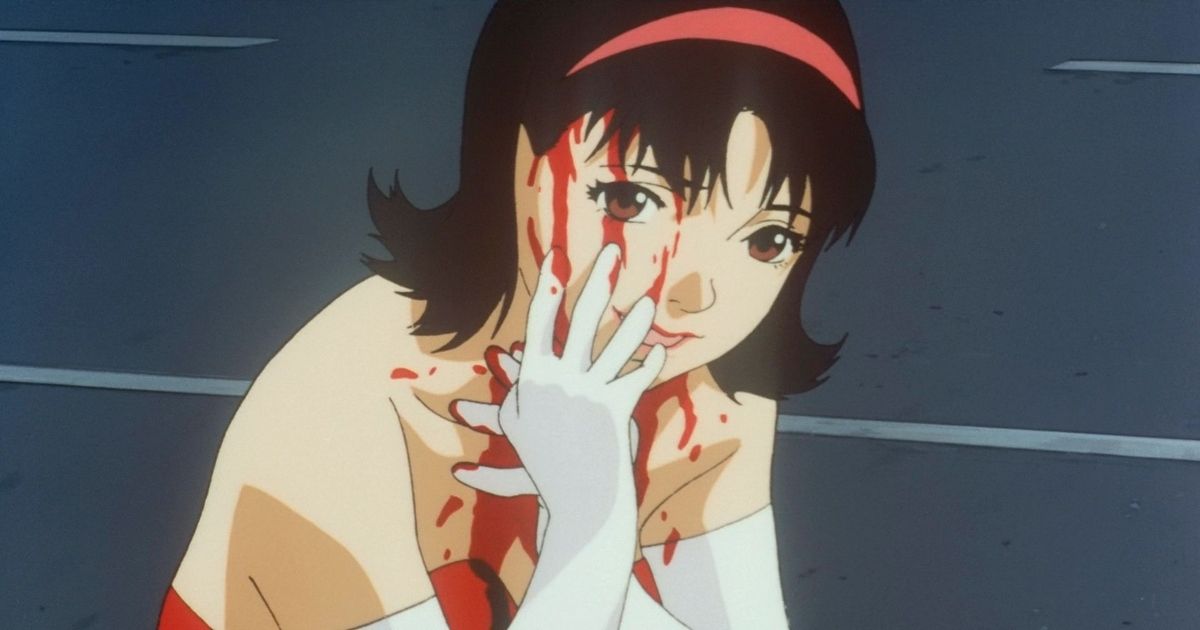






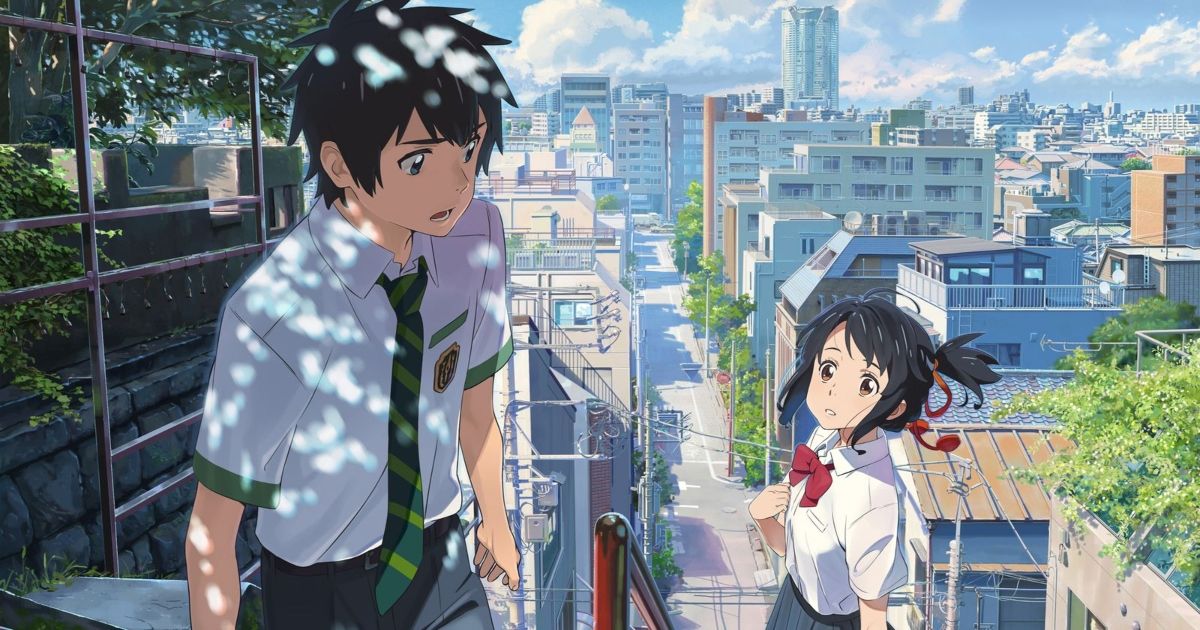




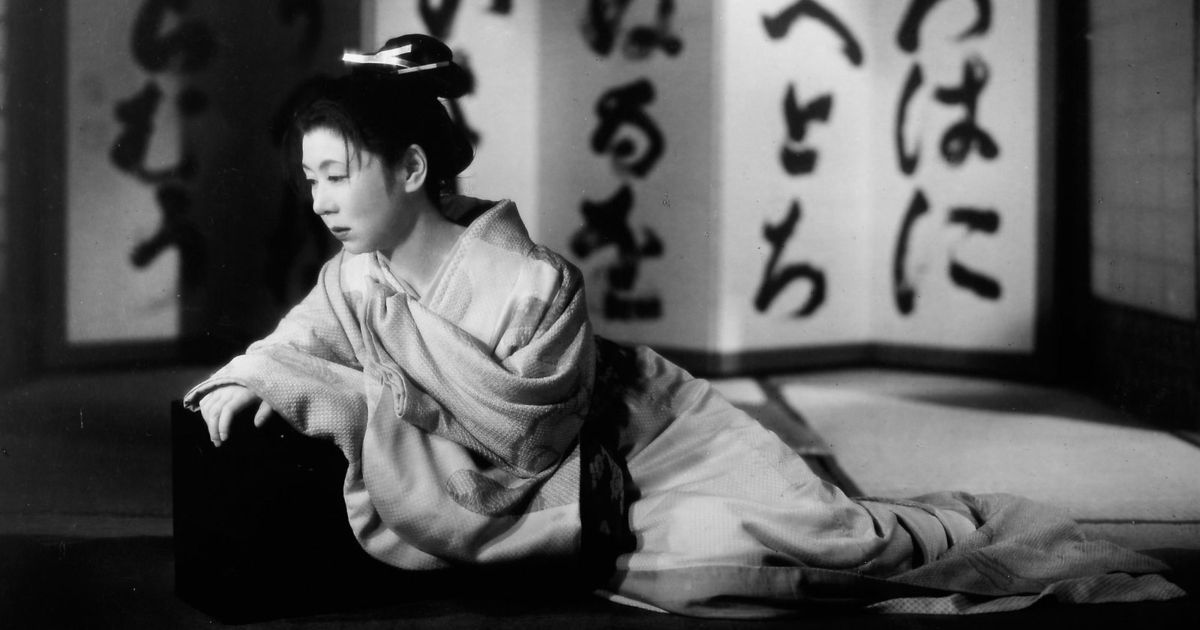
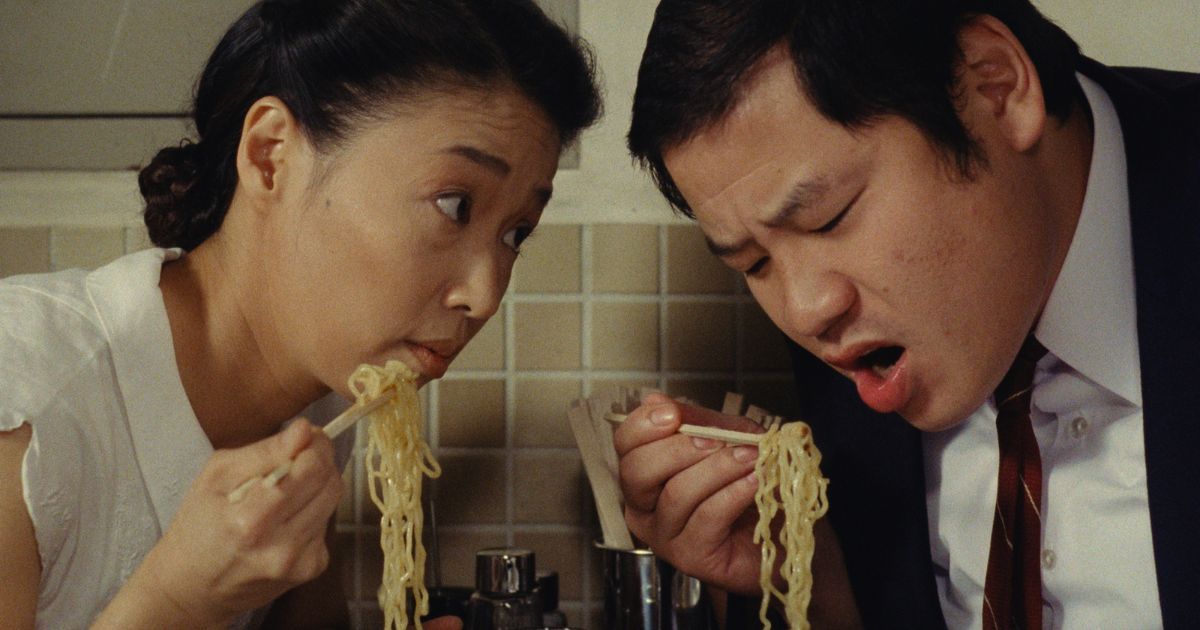

.jpg)
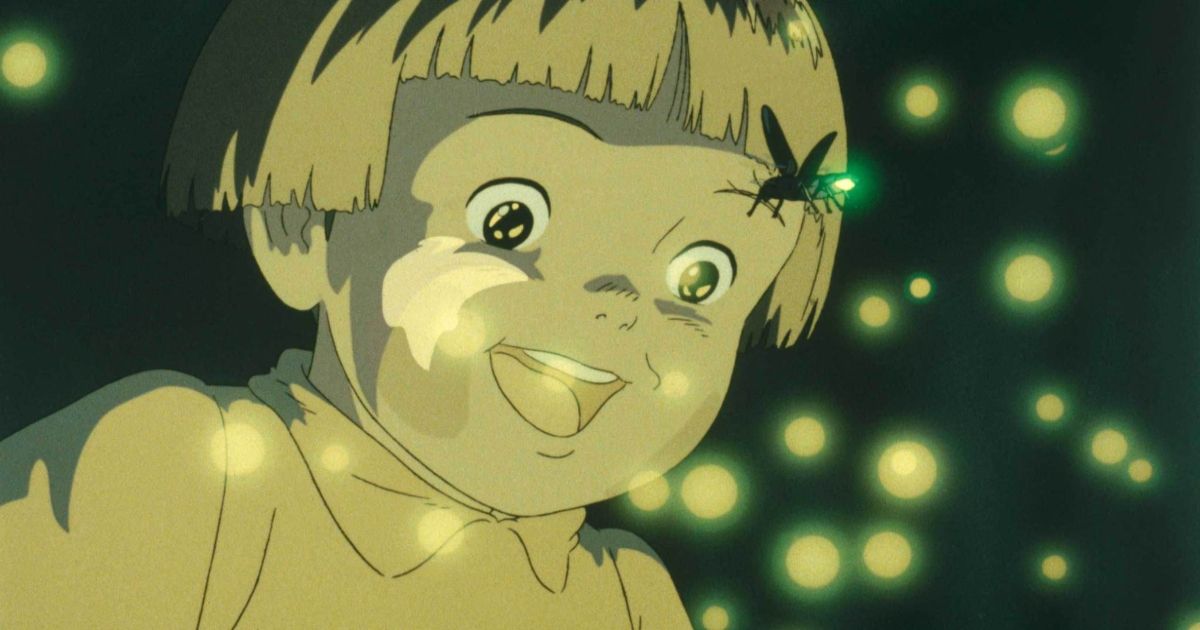
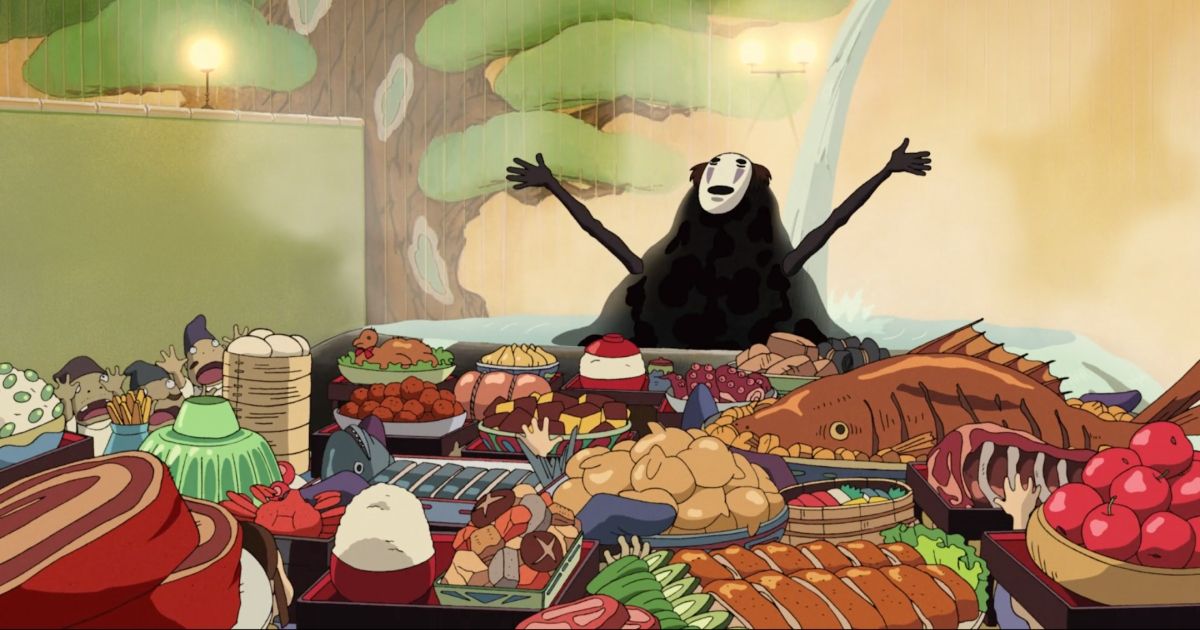
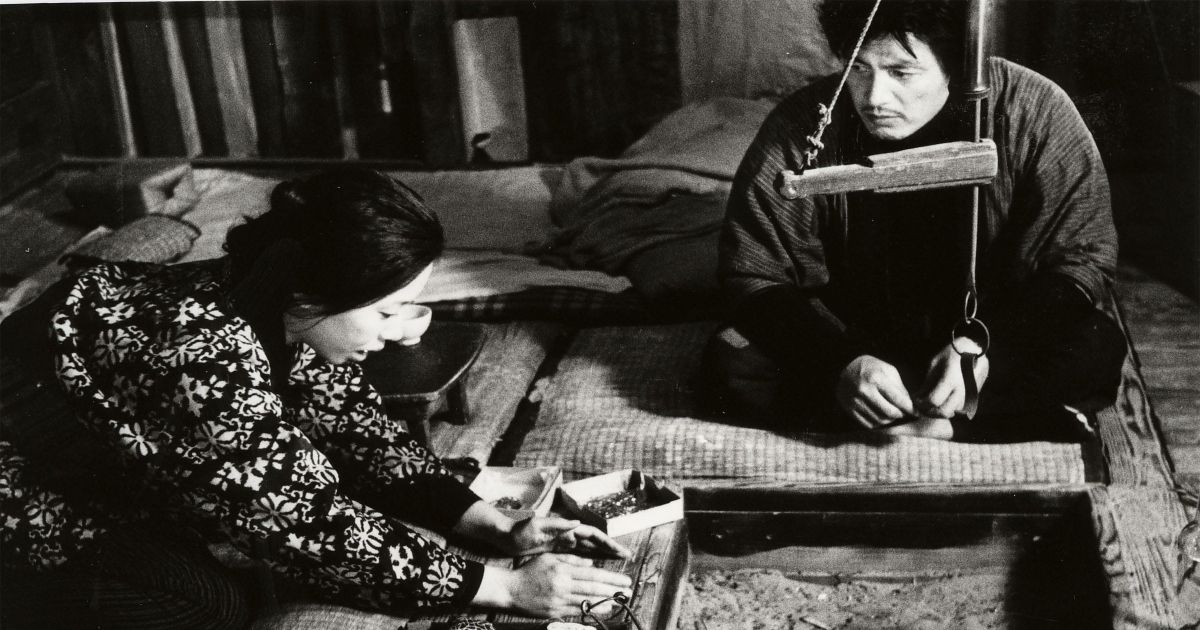
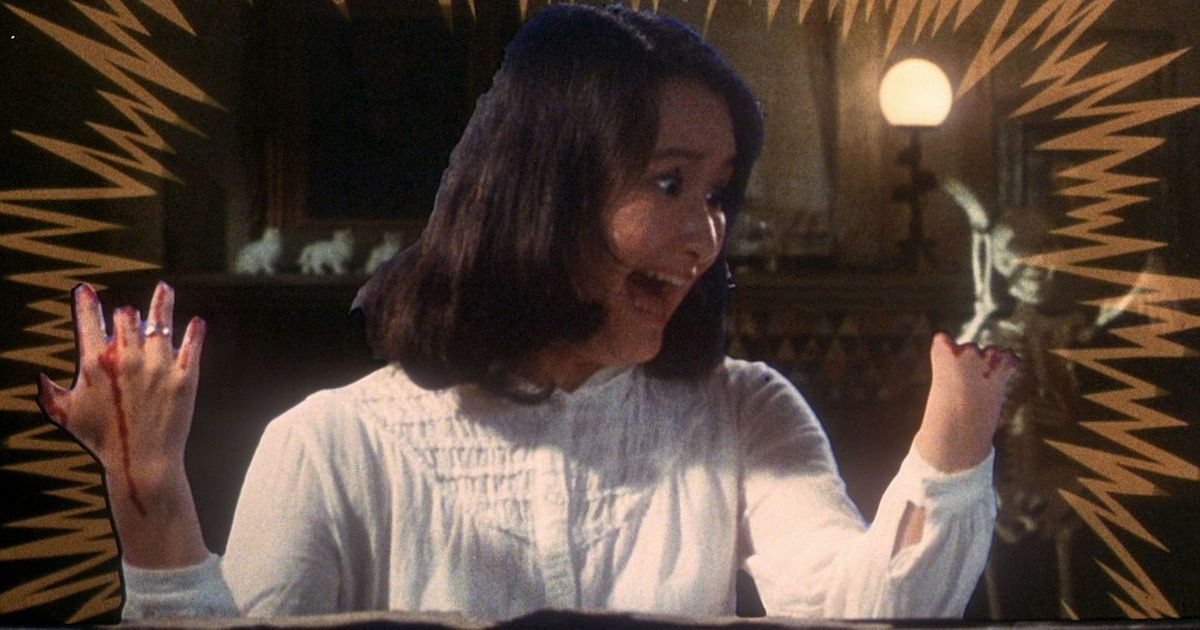
Comments
Post a Comment